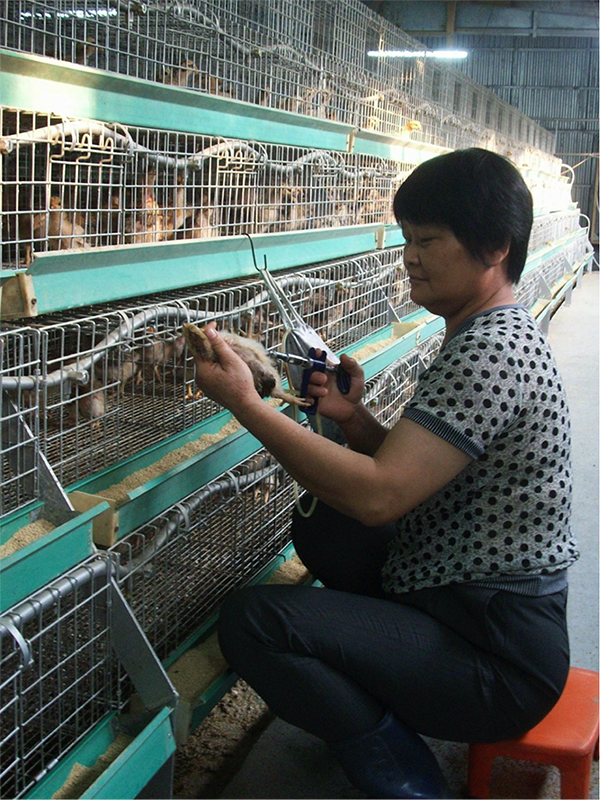
Abstract
Culling, vaccinating, and monitoring animals are the three main techniques used in contemporary veterinary public health to manage animal diseases that can be transmitted to humans. Each technique is underpinned by different ontological understandings of how microbes figure in relations between humans and animals. Therefore, animal diseases are not only a question for an applied anthropology but also involve the theoretical core of the discipline i.e., understanding how social causality emerges out of physical causality. To defend this argument, the article describes what Herbert Spencer wrote about foot-and-mouth disease; what William Robertson Smith thought about sacrifice in the context of bovine tuberculosis; how Emile Durkheim took vaccination for smallpox as a metaphor for the pathologies of the social; and what Claude Lévi-Strauss wrote about mad cow disease. The conceptions of the social in the writing of these four authors are analyzed through their understanding of the risk of transmission of animal diseases to humans, moving from prevention to precaution to preparedness. [sentinel, sacrifice, biosecurity, social, zoonoses]